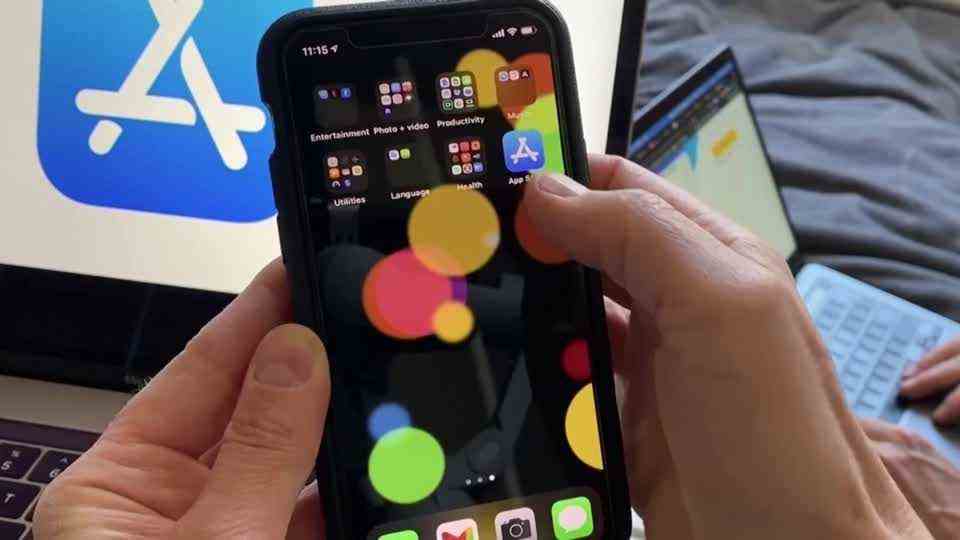Faster and more economical
Vodafone is switching to the next 5G development stage across Germany
A technician works on the servers in Vodafone’s first 5G “standalone” location in Frankfurt
© dpa-infocom GmbH / DPA
So far, 5G mobile communications in Germany has been based on the previous LTE standard. Vodafone now wants to introduce the next stage of development. Above all, it promises short data runtimes.
The mobile communications provider Vodafone wants to convert its 5G mobile communications network across Germany to the next stage of development, which does not require the previous LTE technology. The company announced this on Tuesday in Düsseldorf.
All 5G antennas and the core network are to be migrated to “5G standalone”. The new technology noticeably reduces data runtimes (latency) and enables machines to be controlled in real time, for example. “Our 5G network then reacts as quickly as the human nervous system and needs less and less power to transmit data,” said Vodafone’s Germany boss Hannes Ametsreiter.
In theory, this will increase the range of the new standard from the current 10 million people to 60 million by the end of 2022. In practice, however, the number of users will be much lower because so far only a few smartphone models from Samsung and Oppo support “5G standalone”.
Vodafone’s competitors are a little more cautious
Against this background, the Vodafone competitors are still holding back with a large-scale expansion of the new technology: Deutsche Telekom has been testing “5G Standalone” since February in Garching near Munich, but has not yet announced any major live operation in the area. Competitor Telefónica (O2) has, among other things, experimented with virtual reality gaming applications in a test network with “5G standalone”.
However, Apple could trigger a big boost in the expansion of technology in the coming year. The hardware of the new iPhone 13 is already prepared for the real-time version of 5G. However, the function still has to be activated by a software update. When that will come is still unclear. However, experts expect that the iPhone manufacturer will publish this before the presentation of its next smartphone model series in autumn 2022.
The new standard is intended to make radio cells more efficient
The fifth generation of mobile communications (5G) offers higher bandwidths for data transmission. In addition, many more devices can log into a radio cell than with the previous 4G (LTE) standard. Vodafone chief technology officer Gerhard Mack said that Vodafone had put 5000 more 5G antennas into operation in the past few days. This means that 15,000 5G antennas are now live at 5,000 locations. “We will reach around 35 million people with 5G by the end of 2021.” Originally, Vodafone had expected a range of 30 million.
The new “5G Standalone” version, which does not require an LTE anchor, is characterized above all by extremely short data runtimes. This low latency is of interest to commercial users who, for example, can use it to remotely control technical devices such as excavators without any delay.
Private users benefit from the short data runtimes when playing online computer games, for example, because they can react without delay. A low latency also facilitates augmented reality applications, in which virtual content is displayed in real time in a real environment.

See in the video: Apple is struggling with delivery bottlenecks. The situation will worsen again in the Christmas business, said company boss Tim Cook recently.


